Big Brother has never been a reality TV show credited with vast diversity. Far from it. But the second season of the celebrity version has demonstrated what can happen when house guests represent a greater cross section of America.
After the Friday night eviction of Tom Green, the winner of Celebrity Big Brother is guaranteed to be a woman or former NFL star Ricky Williams, an African American..
Green joins Jonathan Bennett, Ryan Lochte, Joey Lawrence, Kato Kaelin on the jury.
(Anthony Scaramucci was never technically in the cast.)
Natalie Eva Marie was also a victim of the double elimination.
That leaves Williams, Kandi Burruss, Tamar Braxton, Lolo Jones, and Dina Lohan competing for the win.
Three African Americans (one male, two female), one biracial woman, and one white woman.
That’s significant — some would say historic — considering the history of the show.
Since 2000, 13 of the 20 winners have been men.
Of those, all but one has been white.
Josh Martinez from Season 19 was the first Hispanic American winner in the show’s history.
For the women, Jun Song from Season 4 and Kaycee Clark from Season 20 are Asian American.
There has never been an African American winner.
Out of approximately 250 houseguests in the history of the show, around 30 have been people of color.
Visually, it’s not difficult to confirm what’s happening in the casting process:
There are more seasons, but you get the idea.
When people think of Big Brother and race, many thoughts turn to BB15, which was notoriously known for the slew of racist, homophobic, and other problematic comments made by its contestants.
But the reality is every season seems tilted racially when there is a clear lack of diversity.
It doesn’t help that black houseguests typically fall into the archetypes of the “angry black man/woman,” the “intense black man/woman” or one of the show’s most popular — “the religious outcast.”
In Season 20, last summers show, only two of the 16 houseguests were African American.
So why is this lack of diversity still happening?
Former CBS Entertainment President Glenn Geller was asked about it in 2016.
He refused to mention any casting problems, instead emphasizing that Big Brother is just a “social experiment.”
But it’s hard to have much of an “experiment” if most of the faces are young and white.
“They are more concerned with keeping their core audience than building a bigger audience,” Marvin Latimer from Season 5 told JimHeath.TV. “And with the way TV is splintered now with choices like Netflix, Amazon, DVD On Demand, the competition is triple what it was when I was on the show.”
So keeping the cast mainly white is a cash formula that has worked for 19 years. And if it’s making some cash for the network, don’t expect many changes.
The same formula used nearly twenty years ago is the same formula used today: A cast of 16: 14 white, 8 men 6 women, and all in their 20’s with one or two exceptions.
(It’s not just race many argue, but age discrimination as well.)
If Big Brother continues on past the Les Moonves and Julie Chen era, let’s hope the casting crew learns what Celebrity Big Brother 2 has taught us:
Put a diverse cast in the house and you can truly expect the unexpected.
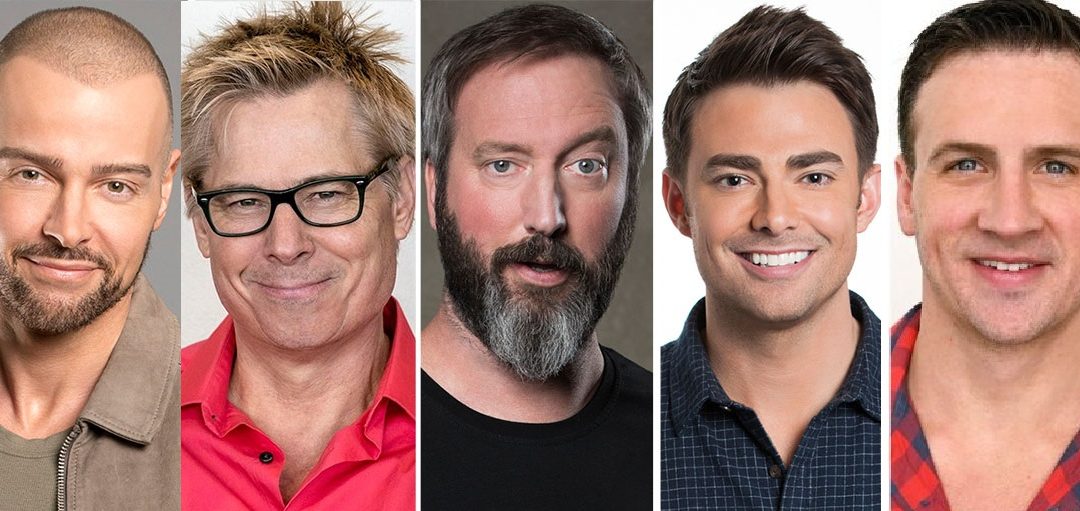

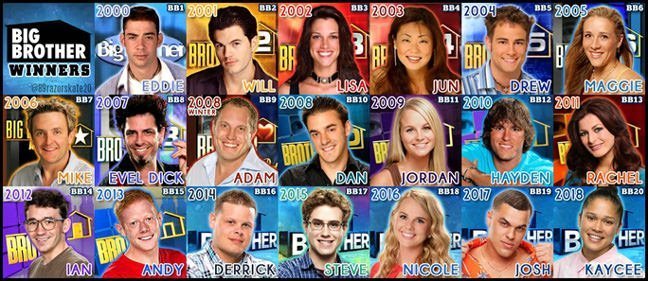
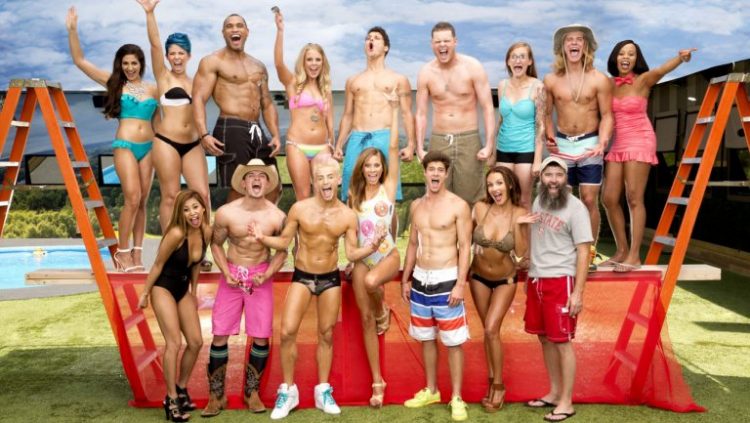
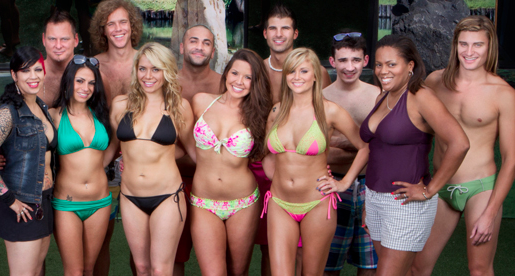


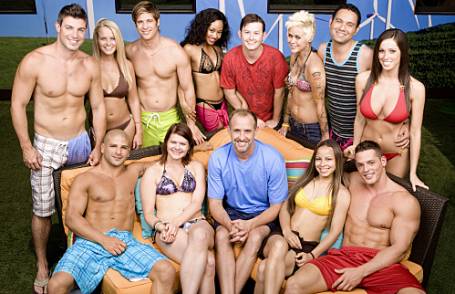

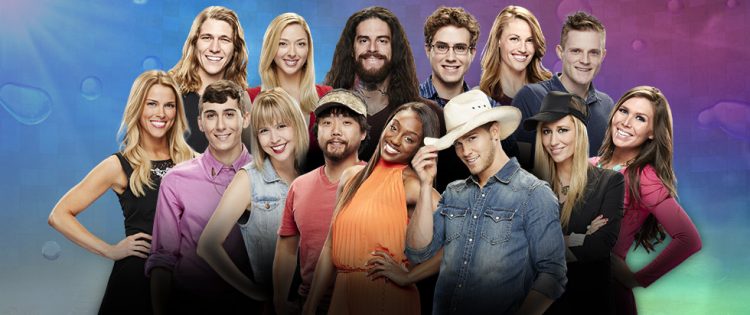
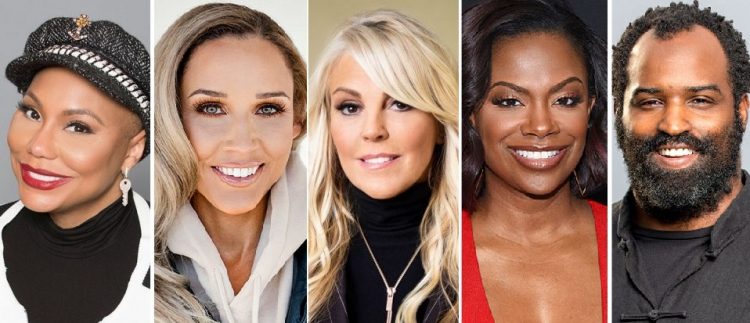
A lot more “people of color americans” need to apply and pass the interview.
It’s called “casting.” And the two casting directors of Big Brother prefer to put mainly white casts in the house year after year after year (now 19 years). Casting is the issue. There are plenty of diverse people applying.